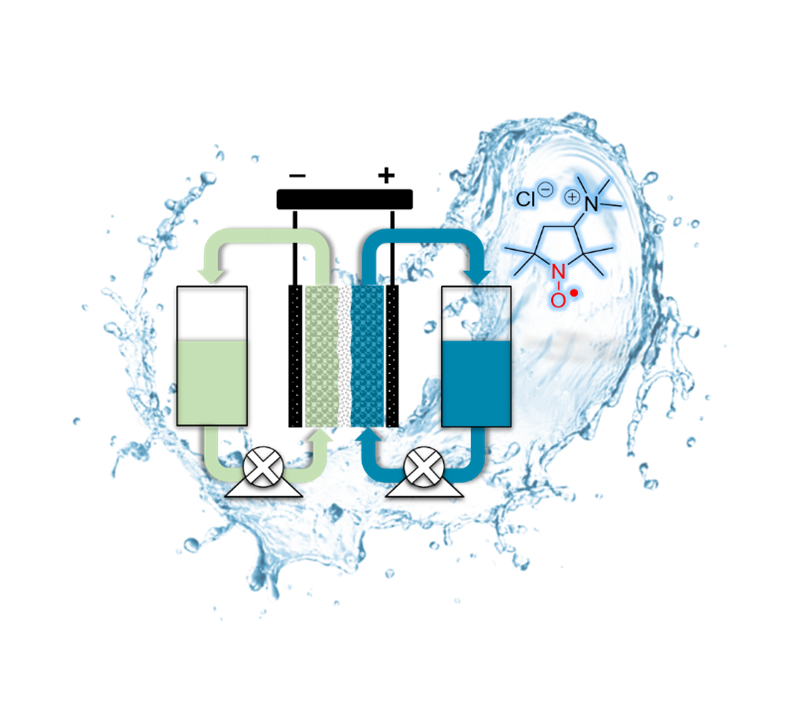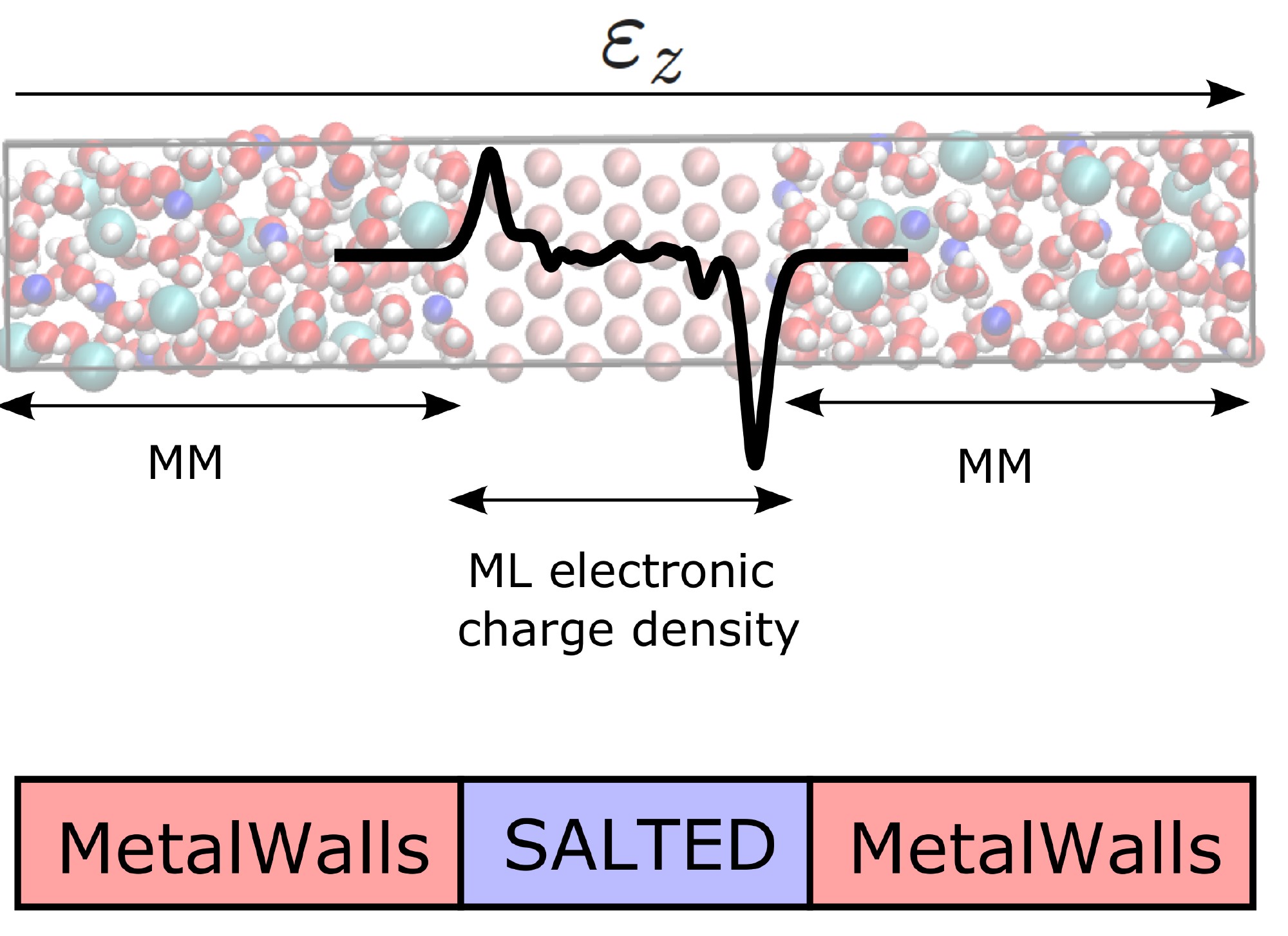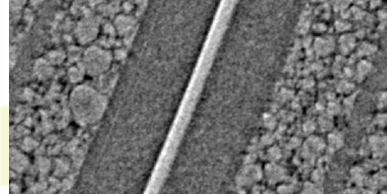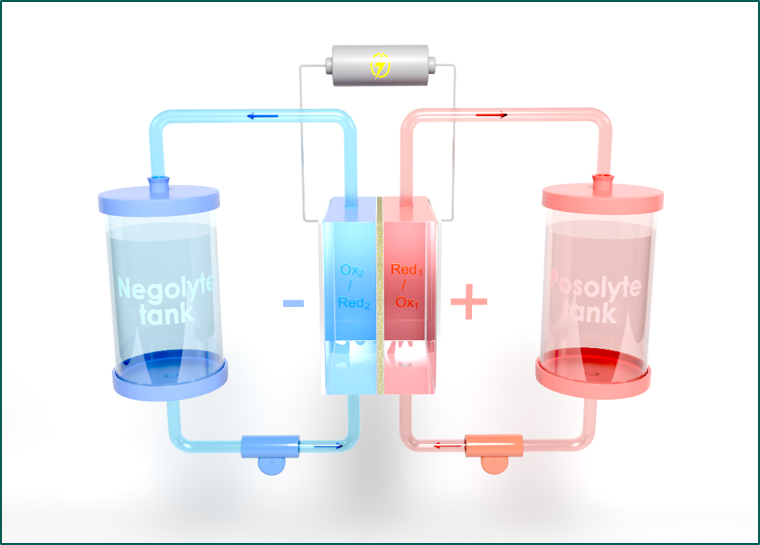
3-TMA PROXYL, a promising organic electrolyte
In the face of the challenges posed by stationary energy storage from renewable sources, aqueous organic redox flow batteries (AORFBs) are attracting increasing interest because of their safety, modularity, and low-carbon potential.
In this context, researchers from the RADICAL project have developed 3-TMA PROXYL, a new organic posolyte based on nitroxide, which exhibits remarkable physicochemical and electrochemical properties.
This innovative compound exhibits one of the highest redox potentials reported so far for an AORFB (1.06 V vs. SHE), together with very high solubility (> 3 mol L⁻¹ in 1 M NaCl solution), allowing a theoretical capacity of 80 Ah L⁻¹. Combined with methyl viologen as the negative electrolyte, the cell delivers a voltage of 1.45 V and a theoretical energy density of 52 Wh L⁻¹, representing an improvement of around 8% compared with the reference system based on 4-TMA TEMPO.Tests also revealed excellent chemical stability, with very low irreversible degradation, as confirmed by electrochemical measurements as well as NMR and UV-visible analyses.
This study represents the most promising demonstration to date of the use of a five-membered-ring nitroxide as a posolyte in an AORFB—a field until now dominated by six-membered-ring designs. This new molecular architecture paves the way for a new generation of organic materials combining high voltage, high solubility, and strong stability, enabling sustainable, high-performance, and competitive energy storage systems.
Link to publication : K. Boutamine, P. Bassil, S. Gauden, G. Casano, F. Favier, O. Ouari, S.L. Vot, 3-TMA PROXYL: A high-potential, highly soluble nitroxide for enhanced stability and performance in aqueous organic redox flow batteries, Energy Storage Materials 80 (2025) 104379. https://doi.org/10.1016/j.ensm.2025.104379.
Autres Highlights


